The Keys to Merchandising in an Art Gallery Gift Show
A few months ago I was in a premier visitor attraction store (every bit I often am!) and noticed that despite exiting through the gift shop visitors were disposed to drift through the shop and leave without a purchase.
Why?
Often the difference between whether one purchases or not in a museum shop comes down to one powerful gene – Visual Merchandising. I honey this quote from Michael Guajardo (Virginia Museum of Fine Arts)…
Visual merchandising is the silent sales team that is always working to impact the bottom line…is e'er on the clock, and never takes breaks
Good visual merchandising will heave your conversion charge per unit, your average transaction value and even attract visitors to your shop on a stand-alone footing. Here are my top tips for using it successfully!
- Become them in
If like a lot of us you lot aren't lucky enough to have visitors leave through the gift store – information technology is admittedly essential to grab the eye of the customer on the fashion by. Use your store windows creatively to draw customers in and make sure the displays at the front of the shop reflect electric current exhibitions or seasonality to tempt them to come up in for a await. If you are lucky enough to take go out through the souvenir store wow them with displays to make sure they stay and purchase.
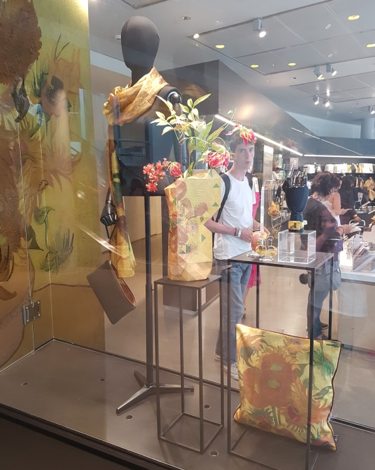
- Know what yous are selling – and who y'all are selling to!
It'south really of import to know who your customers are and reverberate this in your visual merchandising. Nowhere is this more than of import than in your shop layout. In National Museums NI, all our store spaces need to offer products for both children and adults. In order to manage this the shop floor is clearly zoned and so customers can discover 'their' area with colour and signage. No ane wants to endeavour on expensive jewellery with bouncy assurance whizzing past their ears! Products and visual displays are targeted to the target market. A display to attract children is very different than i for adults!
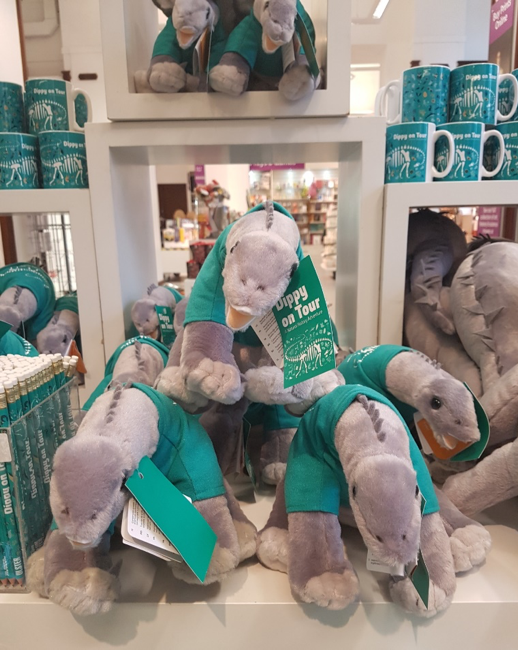
- Make certain your customer knows too!
I am obsessed with clean lines on our displays and take articulate rules on merchandise positioning. A customer should exist able to become to whatever surface area of a shop and understand the merchandise immediately. What is the story y'all are telling? It could exist Dippy, Irish gaelic Art, Local History but information technology should be crystal clear to the customer.
Displays which are fussy and aren't thought through can actually be detrimental to sales. If the customer doesn't sympathize what an surface area or display is telling / selling they get confused and migrate off bemused by too much 'stuff'. Equally a heir-apparent I don't purchase annihilation if I don't know exactly where that product will go in the shop and what story it will fit into.
Beneath is a fantastic example of a clean, clear story telling display – one glance tells the client everything. This display says if you love this painting here is the identify to shop!
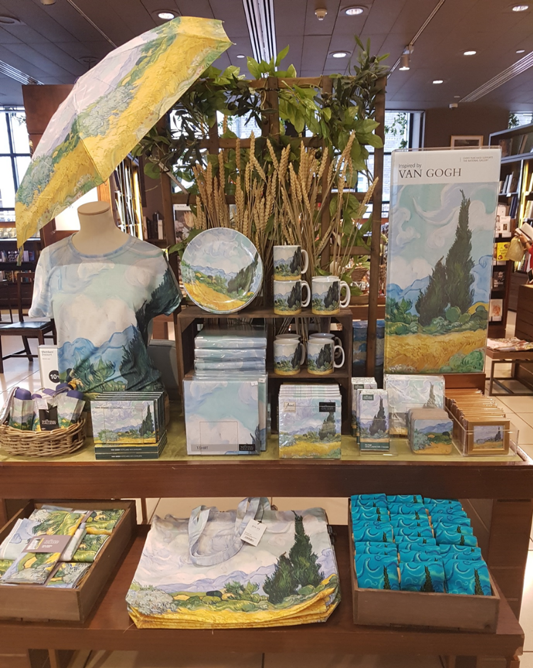
- How to create beautiful displays
An unusual or lovely display can end customers in their tracks. When building a display offset with the core pieces those you need / want to sell – it could exist a catalogue or some key exhibition merchandise. Then layer in complementary product such as more generalist books on the topic. Items in a brandish should be conspicuously related to the chief products.
Create centre appeal by using focal points to add together height or creating pyramid displays. I always stride abroad a few times while building the display and come back to review – is it too decorated? Does it feel unbalanced? Oftentimes the key is to simplify rather than try to throw too much into the mix. Products should exist able to 'breathe' within the display and non feel cramped and squashed. If you are selling high end products in a display it is crucial to build in space around them to convey the special nature of the production and suggest luxury and value. Add striking accessories or specialist fittings to add drama and involvement.
Where you are selling a disparate collection of items – for instance assorted ceramics or homeware – use colour palettes to bring them together. E'er bear in mind the purpose of the display is to sell. Displays should exist easy to access and experience 'shopable'– the customer doesn't desire to experience afraid to touch on or achieve for products.
- Adding tiptop
- Using Colour to tie the display together
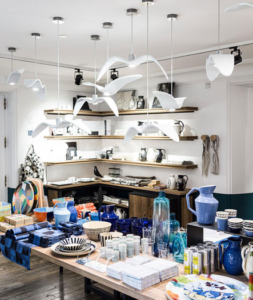
- Add striking accessories

- Use your suppliers
The suppliers who provide artisan jewellery or handmade ceramics to your museum are talented, design led people. Why not use this to go them to come up in and merchandise their production for you? They often use props and materials which reflect their own unique vision and help to create special and memorable displays. The supplier beneath uses etchings, paintings and antique wait drawing books to create a unique await. Its a win / win for the museum shop and for their make!

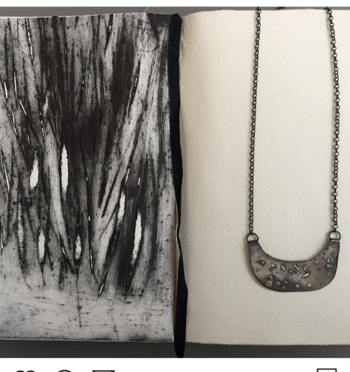
- Use clear point of sale to highlight the 'special' nature of local or hand made products and their provenance
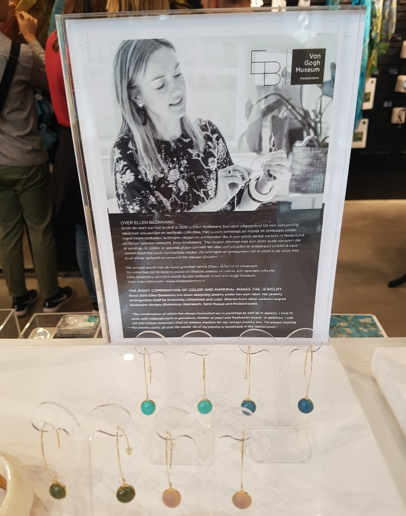
- Don't forget to grab an extra sale
Once you lot take the customers at the till point why not try to motivate an additional impulse purchase? Provide some other gamble to buy exhibition catalogues, or motivate an impulse improver buy with items such as cute bookmarks or striking wrapping newspaper.
"We've done surveys and about a third of the people who come to the museum say that they programme to shop here," Rich Perdott, the Met's vice president of merchandising, told the New York Times.
"They've said they want to buy something that's a tangible memory of their visit. Part of our goal always is to requite them something they couldn't get elsewhere."
So remember the visitors are already onsite and motivated to purchase – don't permit the opportunity skid through your fingers!
Want to know more?
ThisFree micro-course will give you the tools to use the theatre and drama of visual merchandising to best effect in your shop.
Our Visual Merchandising Masterclass, led byRuth Aldous-Taylor, Head of Retail Visual Identity at the National Trust, is coming to the Geffrye Museum in November.
You tin likewise hear Catherine discuss how to be a ameliorate buyer on the Cultural Enterprises Podcast.
grahamancomettiody.blogspot.com
Source: https://culturalenterprises.org.uk/blog/retail/visual-merchandising-in-museums/
0 Response to "The Keys to Merchandising in an Art Gallery Gift Show"
Postar um comentário